The Pitcairn Islands, a group of four tiny islands isolated in the South Pacific, are home to a diverse range of bird species. These fascinating creatures are uniquely adapted to the remote location, complex ecology, and varied climate of the island environment.
Despite their limited number, the birds of the Pitcairn Islands play an essential role in the island ecosystem, acting as pollinators, seed dispersed, and scavengers.
The islands are also an important breeding ground for several species, many of which are endemic to the region and cannot be found anywhere else in the world.
In this article, we will explore the richness and diversity of the birdlife in the Pitcairn Islands and discover why these feathered inhabitants are so integral to the ecosystem of this remote and unique region.
1. Phoenix Petrel
The Phoenix petrel is a beautiful seabird native to the central Pacific Ocean. It has dark brown upperparts and white below, with a whitish throat. Measuring up to 35 cm long, it has an impressive wingspan of 83 cm.
The sexes are similar in appearance and behave alike when breeding at their colonies on Phoenix, Tonga, Kiritimati and Tuam Islands.
They forage for food over open ocean waters during the day but come together each night to roost on nearby islands or coastal areas close by their nesting grounds.
The species feeds mainly on squid and fish which they find while flying low over the sea surface in search of prey items.
A fascinating bird that can be seen skimming along wave tops searching for its next meal.Scientific classification:
| Kingdom | Animalia |
| Phylum | Chordata |
| Class | Aves |
| Order | Procellariiformes |
| Family | Procellariidae |
| Genus | Pterodroma |
| Species | P. alba |
Also Featured In: Kiribati Birds,
2. Henderson Fruit Dove
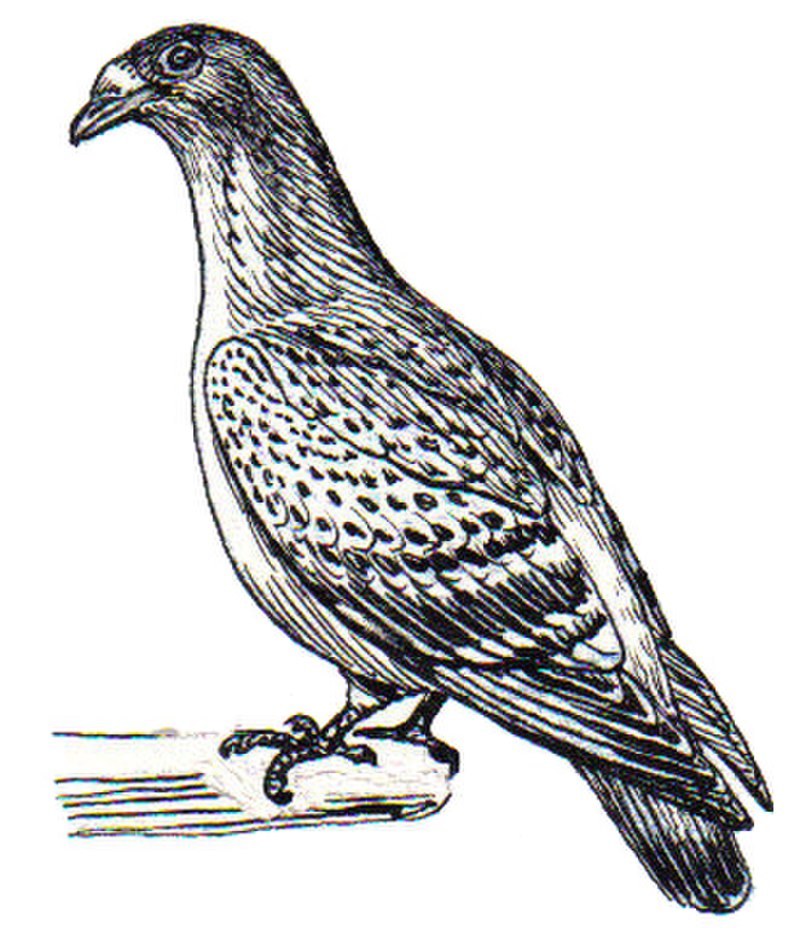
The Henderson fruit dove is an endemic bird found only in the South Pacific Pitcairn Island group, specifically on Henderson Island. It has a scarlet-colored head and thrives in tropical moist lowland scrub forest habitats.
Sadly, it once shared these forests with three other now extinct species of pigeon.
This beautiful creature can often be seen flitting through its natural environment or perched atop tree branches while searching for fruits to feed upon as part of its diet.
The future of this unique bird remains uncertain due to destruction of habitat by invasive plant species and hunting from introduced mammals such as rats and cats.
Preservation efforts should be made so that future generations may continue to observe this amazing animal among their native island home.Scientific classification:
| Kingdom | Animalia |
| Phylum | Chordata |
| Class | Aves |
| Order | Columbiformes |
| Family | Columbidae |
| Genus | Ptilinopus |
| Species | P. insularis |
Also Featured In: American Samoa birds,
3. Murphy’s Petrel
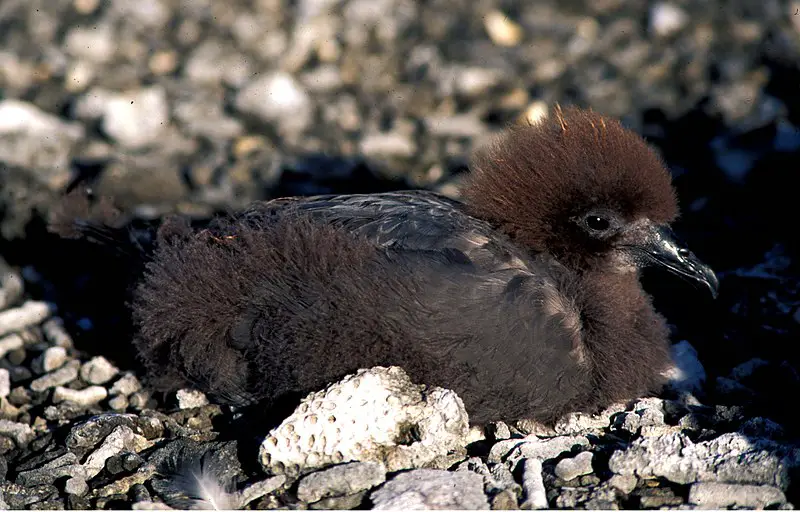
Murphy’s petrel is a species of seabird in the gadfly petrel family, measuring 15 inches long with a wingspan of 35 inches and weighing 13 ounces.
It was first discovered by Robert Cushman Murphy back in 1949 and has since been given its common name to honor him.
Not much is known about this bird; it wasn’t until the 1980s that researchers were able to determine how they live their lives.
They typically inhabit tropical oceans where they can feed on squid, fish, crustaceans and other marine life that make up their diet.
They use both land-based nests as well as burrows dug into cliffs or soil for breeding purposes during specific seasons throughout each year depending on location.
Murphy’s Petrel are very unique looking birds with black heads, white bellies and grey wings making them stand out from many other species of sea birds.Scientific classification:
| Kingdom | Animalia |
| Phylum | Chordata |
| Class | Aves |
| Order | Procellariiformes |
| Family | Procellariidae |
| Genus | Pterodroma |
| Species | P. ultima |
Also Featured In: Cook Islands birds, Most Common Birds of Midway Atoll
4. Henderson Petrel
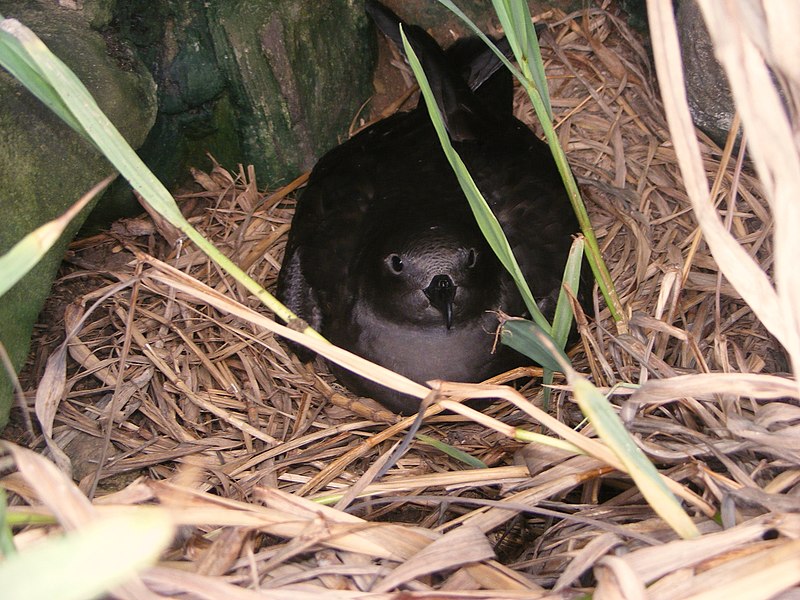
The Henderson petrel, a ground-nesting gadfly petrel, is a species at risk of extinction. This bird has a uniform grey-brown plumage and measures an average of 37 cm in length.
Its primary habitat is the Pitcairn Islands, where it is known to breed. However, there are also reports of this bird species in French Polynesia, specifically the Marquesas, Tuamotus, Australs, and Gambiers.
These reports are subject to confusion about taxonomic classification. The hunting, egg collection, and destruction of bird habitats are the primary threats to the survival of this species.
It is essential to protect their breeding grounds and limit human activities in their range to preserve the Henderson petrel for future generations.Scientific classification:
| Kingdom | Animalia |
| Phylum | Chordata |
| Class | Aves |
| Order | Procellariiformes |
| Family | Procellariidae |
| Genus | Pterodroma |
| Species | P. atrata |
5. Henderson Crake
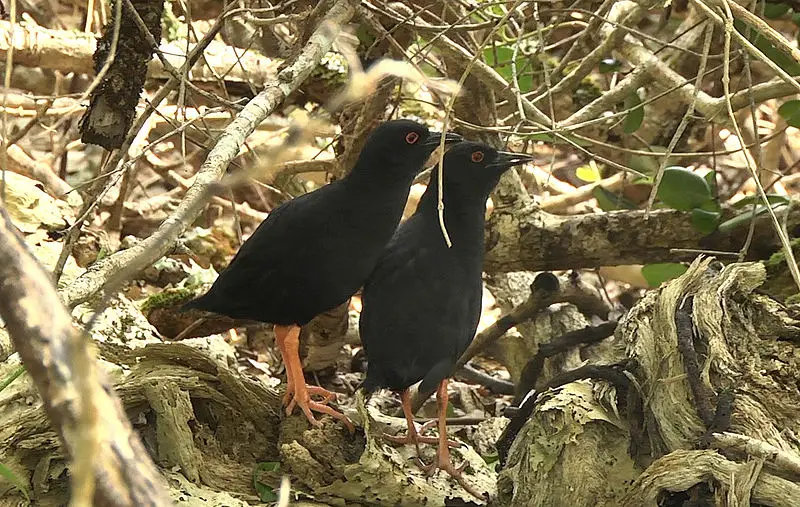
The Henderson crake, also known as the red-eyed crake, inhabits the subtropical and tropical moist lowland forests of Henderson Island in the southeast Pacific Ocean.
As a flightless bird in the family Rallidae, this species has adapted to life on the ground. It is estimated that there are only 6,200 mature individuals of the Henderson crake, which translates to a total population of roughly 9,300 individuals.
The species is commonly found in dens, likely due to its need to protect itself from predators. Despite its limited population and habitat, the Henderson crake remains an important part of the island’s ecosystem.Scientific classification:
| Kingdom | Animalia |
| Phylum | Chordata |
| Class | Aves |
| Order | Gruiformes |
| Family | Rallidae |
| Genus | Zapornia |
| Species | Z. atra |
6. Stephen’s Lorikeet
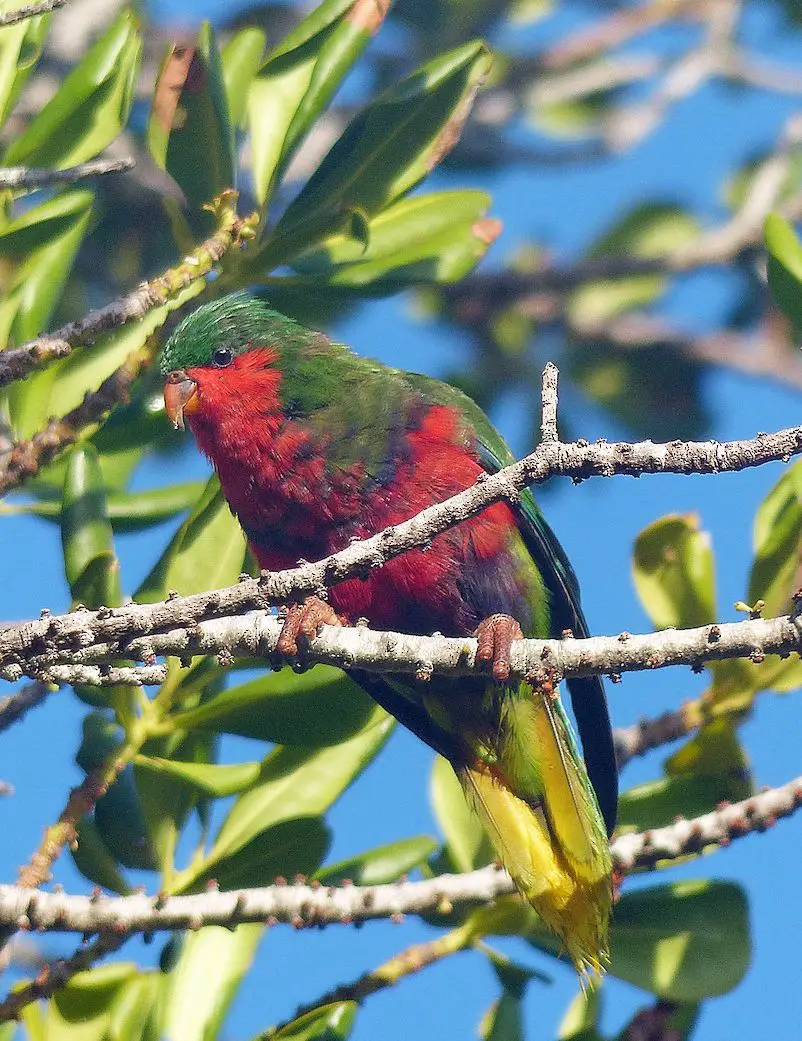
Stephen’s lorikeet, also known as the Henderson lorikeet, is a species of parrot found only in subtropical or tropical moist lowland forests of Henderson Island in the Pitcairn Islands.
This bird is a member of the Psittaculidae family, and is threatened by habitat loss and the introduction of predators to the island. It is incredibly rare, with only around 80 individuals remaining in the wild.
These birds are known for their bright, beautiful plumage, which includes a green body, yellow head, and red throat patch.
They have been known to feed on nectar and fruits and can be found in small flocks. Conservation efforts are being made to protect these birds and their habitat.Scientific classification:
| Kingdom | Animalia |
| Phylum | Chordata |
| Class | Aves |
| Order | Psittaciformes |
| Family | Psittaculidae |
| Genus | Vini |
| Species | V. stepheni |
7. Henderson Imperial Pigeon
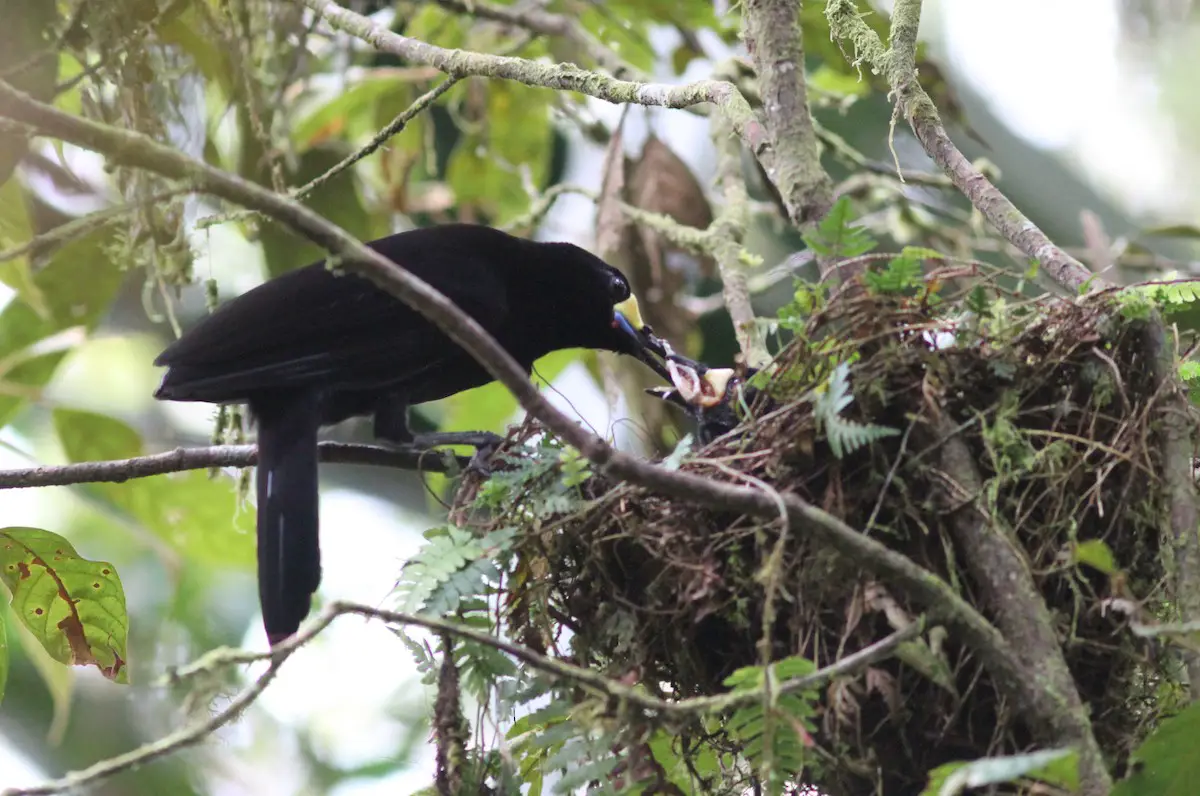
The Henderson imperial pigeon was a species of bird that is now extinct. It belonged to the pigeon family and was found on Henderson Island in south-eastern Polynesia.
The bird was only known from subfossil remains that were found on the island. Unfortunately, the species went extinct due to human colonization of the island, which happened around 1050 CE.
This is a common occurrence for many bird species that have become extinct in recent times.
The Henderson Imperial Pigeon is a crucial reminder of the devastating impact that humans can have on the environment and the importance of conservation efforts to prevent further species from becoming extinct.Scientific classification:
| Kingdom | Animalia |
| Phylum | Chordata |
| Class | Aves |
| Order | Columbiformes |
| Family | Columbidae |
| Genus | Ducula |
| Species | †D. harrisoni |